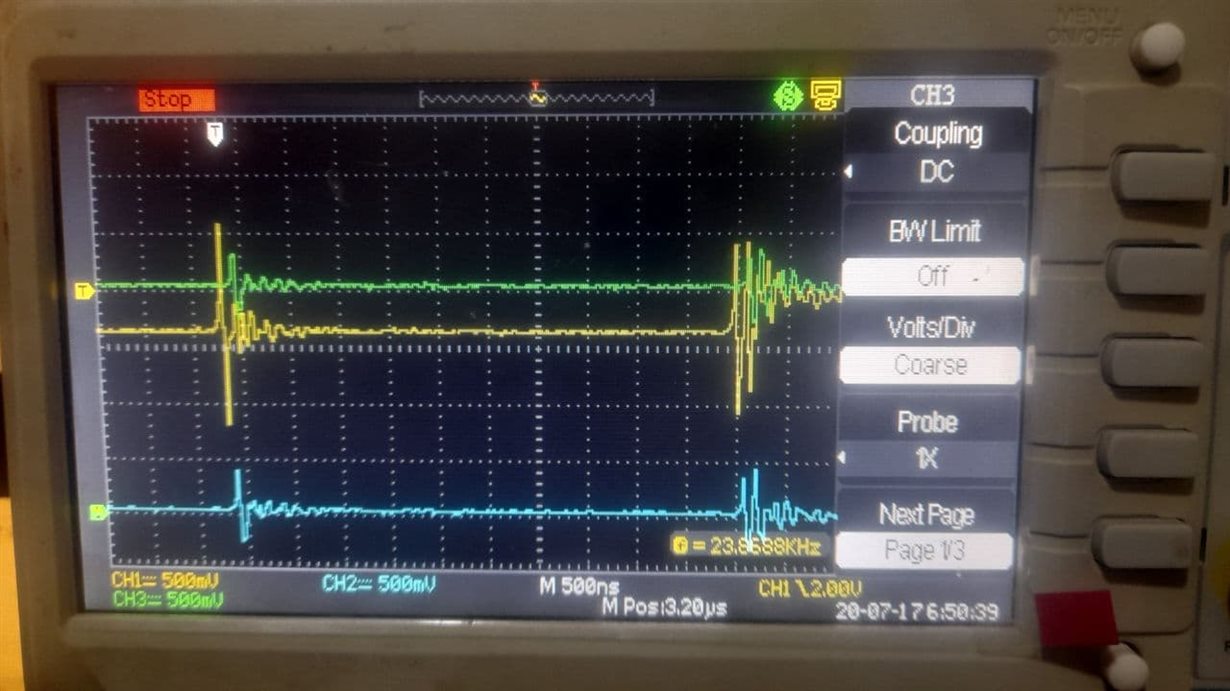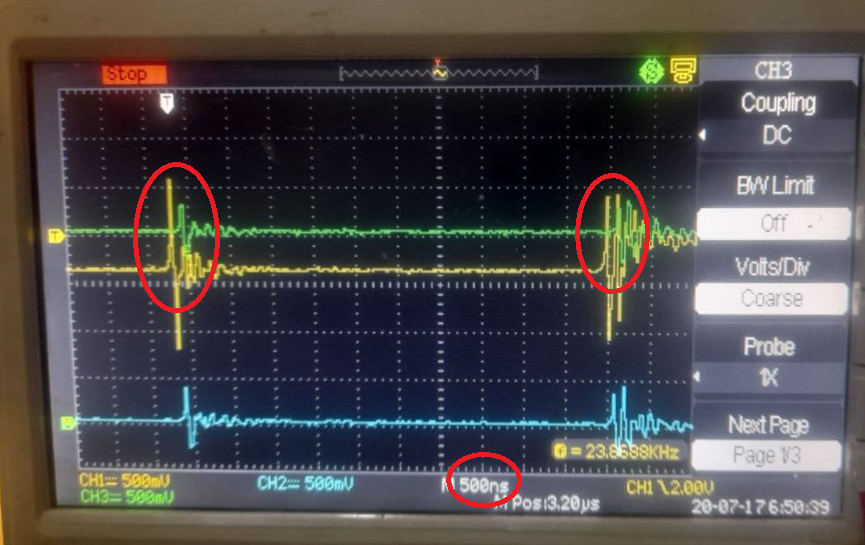hi every one
good day!
my H/W is HV motor control kit (yellow board).
for fault detection TLV3502 was used .
shall we use opa2350 or opa2340 instead of it?
what is the benefit of using TLV3502 in fault detection section?
which factor should we put on consideration if we want to use another opamp?
thanks for attention
Dave.







